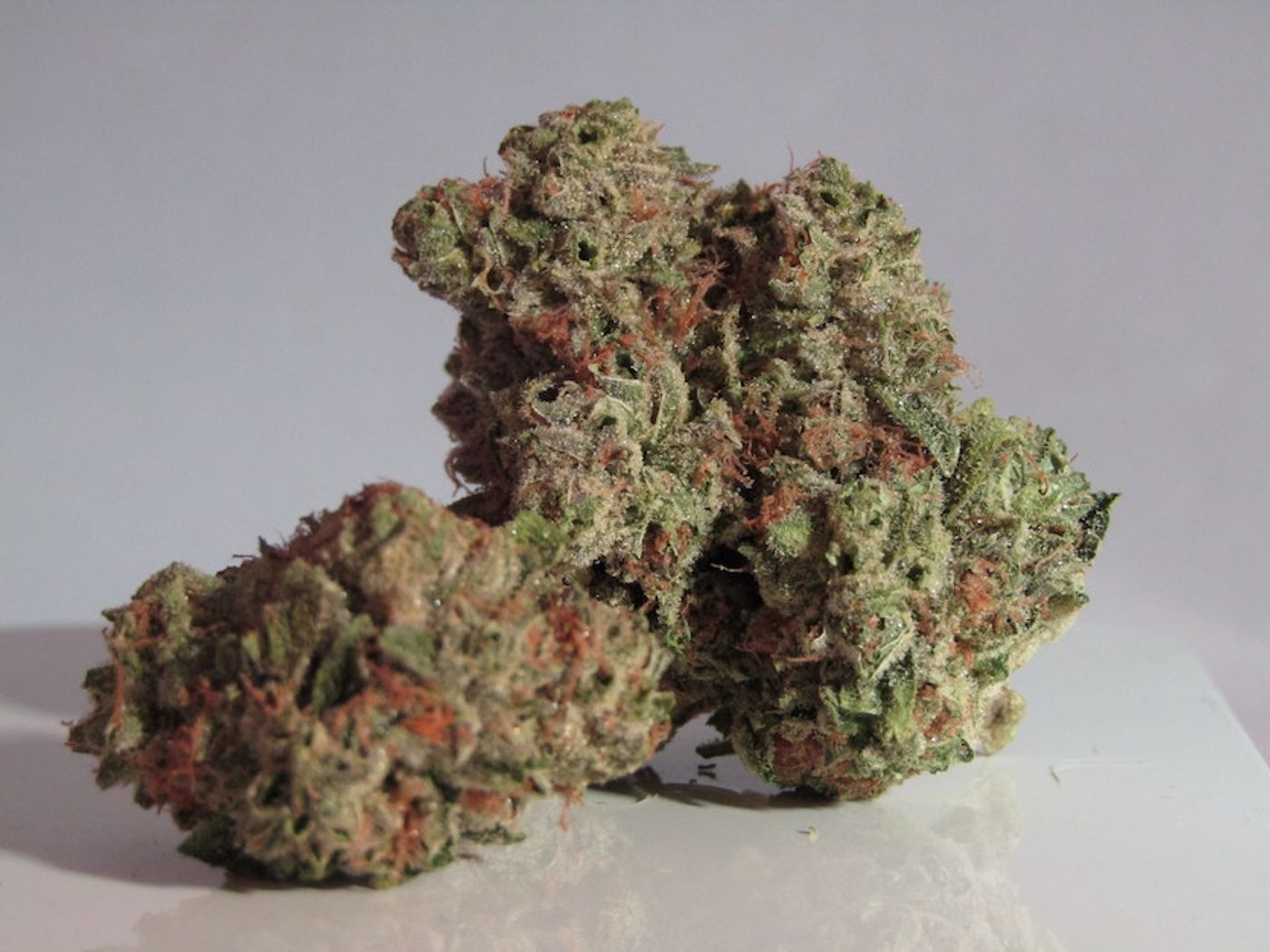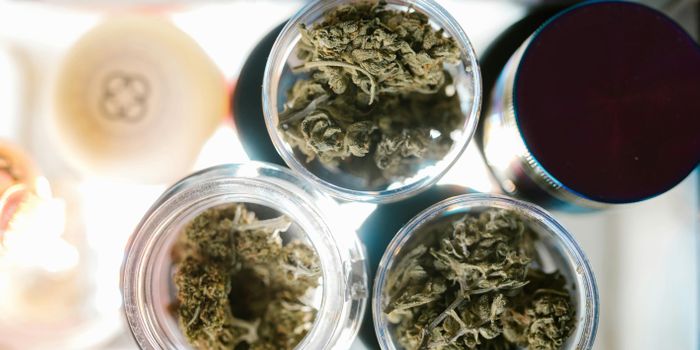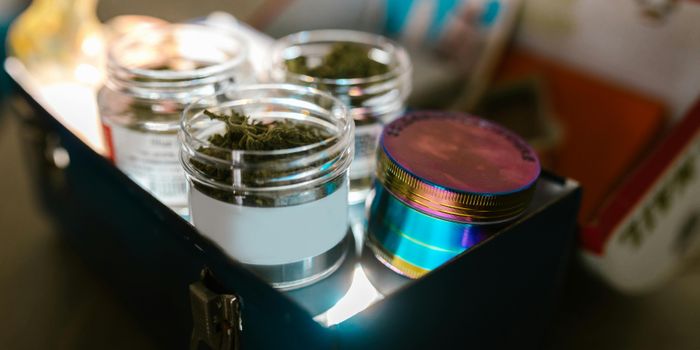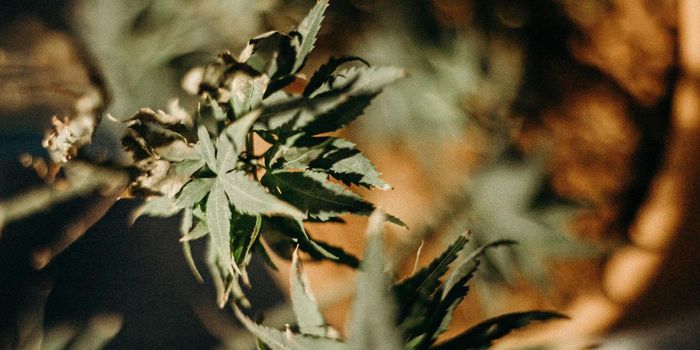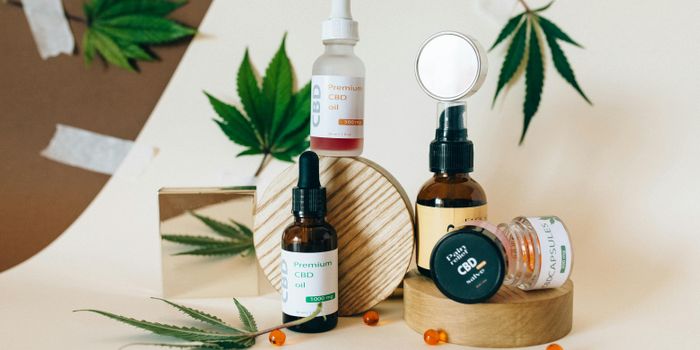The Science of Turning Buds into High-Potency Marijuana Oil
The new marijuana business is booming with new marijuana-related products. CBC oils, edibles, THC lotion, and very potent cannabis oil. Cannabis oil is an extract made directly from the cannabis plant itself. Marijuana extracts and oils are being sold in Colorado, Washington, and right on 5th Avenue in Lower Manhatten (for medicinal use only). But how is this oil made? What is the science behind it?
Photo source: UnSplash.com
According to a review by Dr. Amber Wise of Medicine Creek Analytics and published in Cannabis Science and Technology, there are several methods for extraction, but it basically comes down to 3 common processes. These are solvent-based, physical processes such as “kiefing", and rosin-pressing. You are probably familiar with solvent-based extraction, as it is used to extract coffee and tea. In this case, the solvent is hot (or cold - as in "cold brewed") water. The extraction is consumed "raw", as it is not further processed from there.Rosin-pressing takes some finesse and skill but you can always buy rosin online as an alternative more convenient solution.
Solvent-based extraction is the most popular form of cannabis oil extraction. It involves using various solvents, most commonly ethanol. Extraction with ethanol is very rapid and allow for high-throughput production. Also, it is relatively safe, compared to other solvents, such as butane or propane (not commonly used in the cannabis oil business). One huge advantage is the rapid extraction times and high throughput for large capacities as well as the relative safety of residual levels in finished products.
Chemists would call this process a phase separation (usually when freezing is involved) or precipitation in which the mixture of raw extract is dissolved in ethanol and the fats and lipids solidify. They then can be physically separated from the liquid cannabinoid–ethanol solution. This is commonly used on raw extraction. Ethanol, is, as we know, flammable. However, industry uses a closed system that isn’t complicated to operate and keeps manufacturers safe.
Another way to extract oil from cannabis is a physical process known as "kiefing". What is kief? Kief is a powder-like substance stemming from resinous glands at the tip of a bud known as trichomes. Trichomes have stalks as well gooey heads, both of which are best visible under magnification. Whether or not you see them, the trichomes host hundreds of active cannabinoids. This "kief" is then used to make concentrates of cannabinoids (THC or CBD). Note that concentrates are not extractions, but rather solutions.
The small crystals on the buds are used for making kief. Photo source: UnSplash.com
Finally, there is rosin-pressing. This method is also used to obtain oil from olives and other common oils we use today. Extreme pressure and heat are used to actually burst plant cells. This releases raw oil. Rosin is the only true solventless cannabis extract. The heat is used to help liquify and aid the cannabinoids mixtures to release from the plant cells.
In the industry today, the concentration of THC or CBD in commercial preparations is very variable. Precise information regarding cannabis oil composition is crucial for consumers, as individual doses have to be adapted accordingly to the concentration of the oil. As the public’s understanding of cannabis oils increases, it is important that the industry use precise language and represent their products correctly to prevent perpetuating misconceptions or stereotypes. Because these oils are now being recommended for medicinal use, it is necessary that industry and regulatory bodies determine dosing thresholds. Unfortunately, there still is a lot of missing information that is needed to ensure that patients get the exact dose that they need.
Sources: Caliva.com, High-Elevation.com, MedMen.com, GreenRelief.com, Medicine Creek Analytics, Cannabis Science and Technology, Science Direct, Wikipedia.org, SFWeekly.com, Molecules

